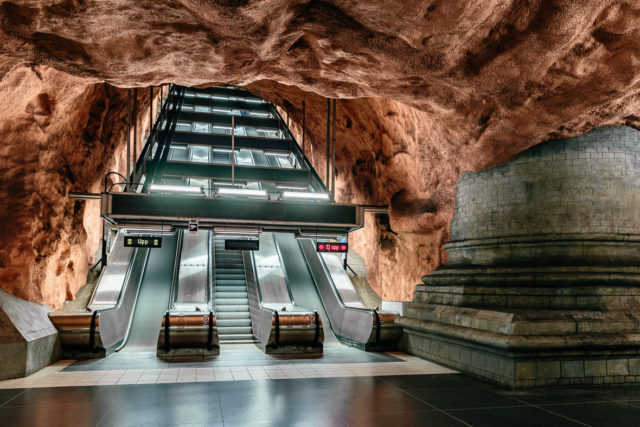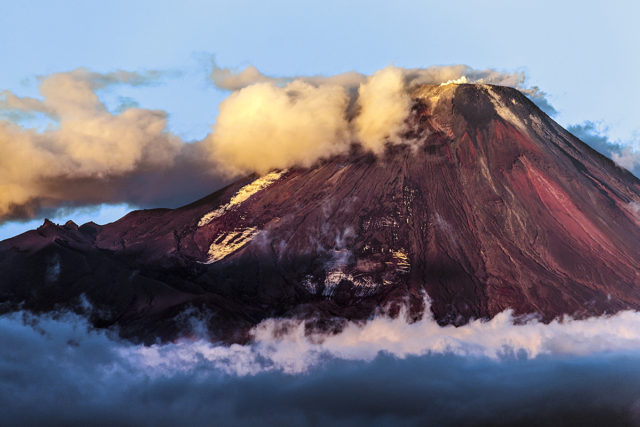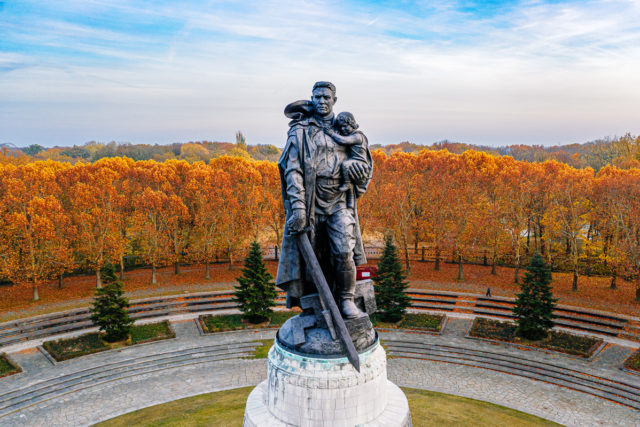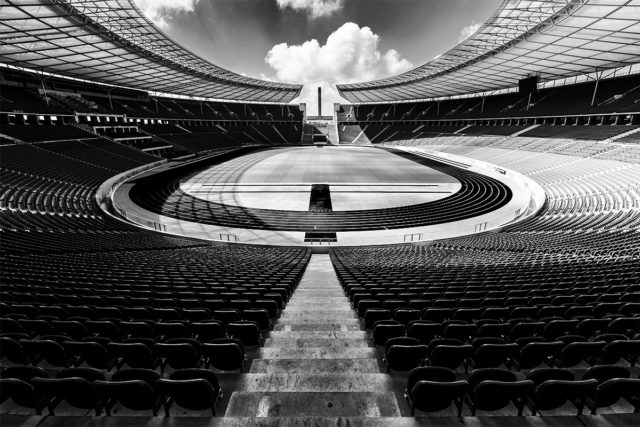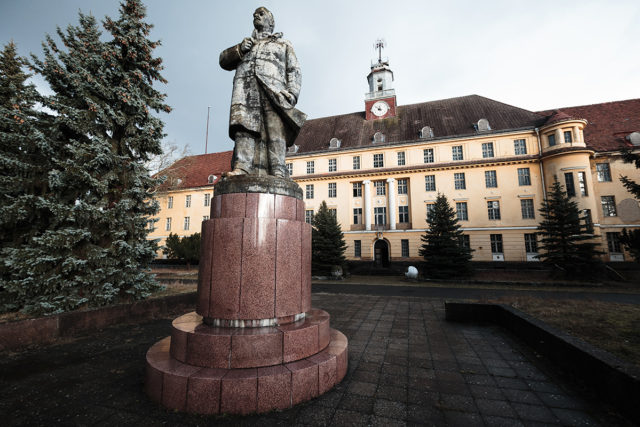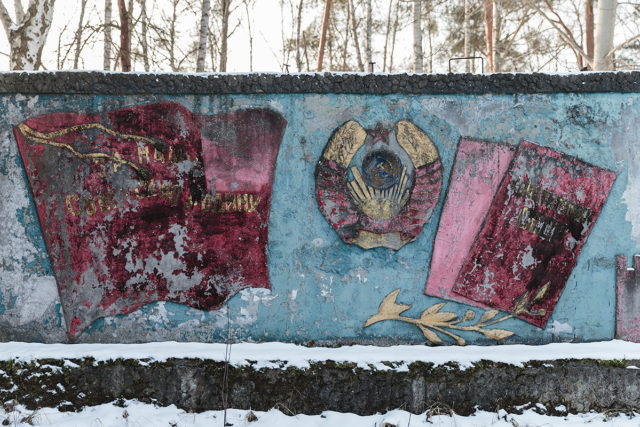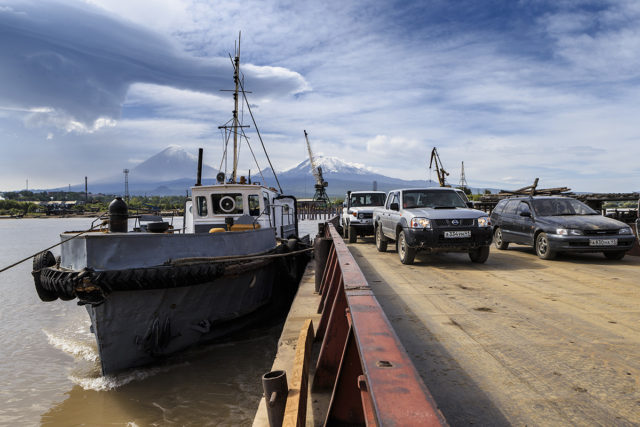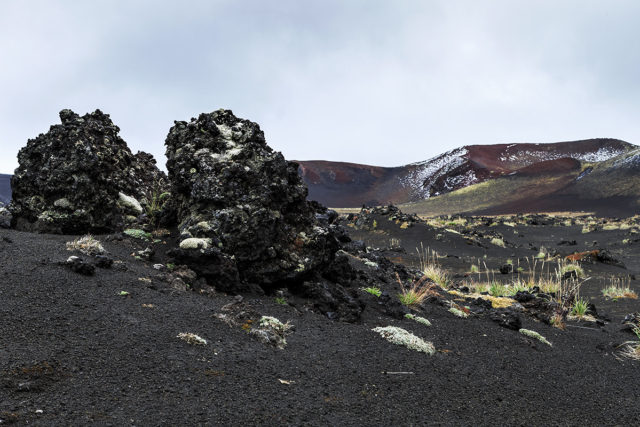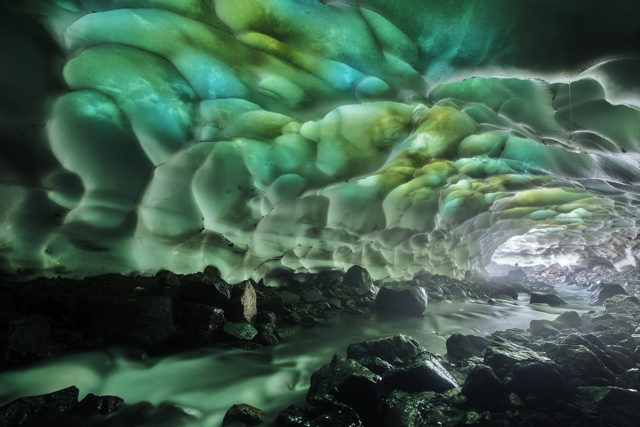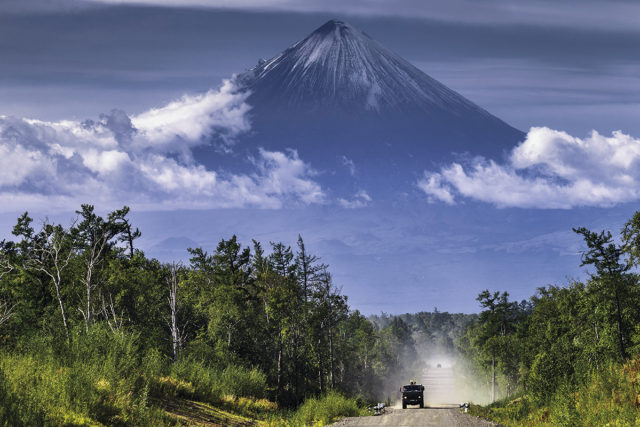What do Ebba, Knut, Greta and Elvis have in common? Correct: all of them are true blue, come across the “wrong” side and run in Stockholm’s underground solely. But what sounds a bit like a scattered group of weirdoes is actually black-blue, made of metal and dedicated to transport people: the Tunnelbana, Stockholm’s metro, where every of its coaches has its own name.…
Read More
Avachinskaya Sopka – colloquially also known as Avachinsky or Avacha – is the backyard volcano of Petropavlovsk-Kamchatsky, the regional capital of Far East Russia’s volcano peninsula. It is a ~4000 years old Somma-type volcano, meaning it is growing and prospering inside the caldera of a historic fire mountain. The magma rising up inside the Avacha contains more iron ore than usual.…
Read More
As a small boy I was pretty much impressed by the Soviet War Memorial being located in Berlin’s Treptower Park and even today that place has quite some impact. However, nowadays such a visit is generally voluntary than back in the days, as the whole school had got to show up there.…
Read More
Many of Berlin’s places of interest, no matter if built for “perpetuity” or perpetually not being accomplished, are often hard-wired to a single name. Ulbricht has his TV Tower, Wowereit his BBI airport desaster and Honecker dreamed of a 100 years lasting wall. In the 1930’s such dreams year-lasting-wise even had one more zero in the end and threw Germany as well as the rest of the world into turmoil.…
Read More
Village of 6.000 souls versus military town with up to 75.000 soldiers – Back in the days the Soviets knew very well how to make use of Wünsdorf (Вюнсдорф), a settlement being located in Berlin’s south along the railroad leading to Dresden. Even if the whole territory is abandoned for several years now and completely fenced, it is possible to have a closer look at the heart of the complex, the today’s House of Officers, a building telling manifold stories of times when it was Army Sports School for the Nazi as well as even before for the emperor…
Read More
After World War II a huge area being located less than a 1 hour car drive away from the highway ring surrounding Berlin became one of Soviet Army’s most important military sites. This abandoned garrison is located near the city of Zehdenick, in the north of the village Vogelsang. At peak time up to 15.000 people lived and worked in the present-day ghost town; soldiers, their relatives as well as civil associates.…
Read More
Interesting and informative links featuring the Russian peninsula in the Far East…
Read More
Link collection of the best photos and videos showing the fissure eruption 2012 at southern flank of Tolbachik volcano on Kamchatka peninsula in Russia…
Read More
Mutnovsky and Gorely are the names of the volcanic protagonists in Kamchatka’s South; two places known to many tourists visiting Kamchatka as almost every tour makes a stop over there to bring humans in touch with the admittedly weaker appearances of the biggest force on our planet. South Kamchatka is more inhabited than the north, which is no surprise as it is home of the regional capital Petropavlovsk-Kamchatsky and its suburb Yelizovo, the airfield welcoming the big and small airplanes from coming from Moscow and elsewhere.…
Read More
Kliuchevskoi – an impressive name reminding of a Russian poet and thinker. Actually the official name of Russia’s pyramid is Klyuchevskaya Sopka (Ключевская сопка) but even for the locals this title seems to be a little too long. The fire mountain stands for quite a bunch of superlatives, for example being with an altitude of about 4800 meters the highest volcano not only on Eurasian continental plate but also in northern hemisphere.…
Read More
